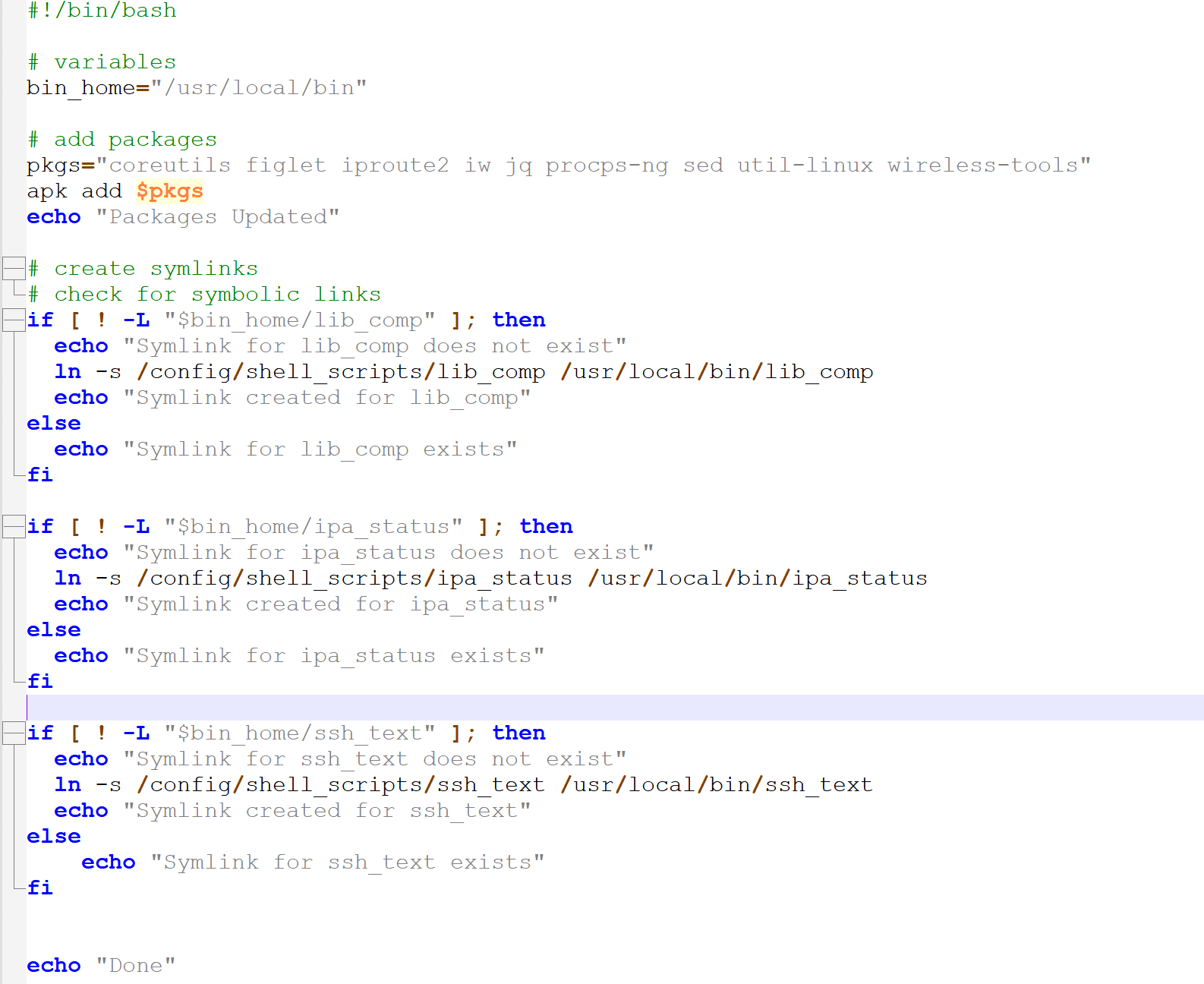So I just did my first install of Proxmox a few months ago in my home server, and I'm seriously, seriously in love, enough that I decided to use it to run my media server as well; it runs Plex, act as a NAS for my media and backups, etc.
Specs:
CPU: AMD Ryzen 5 5600G
Board: ASRock B550 Steel Legend
RAM: 32 GB DDR4 3200
OS Drive: Samsung 970 Evo 500GB PCIe 3.0
Storage: 50 TB over six drives (all media), all mounted directly to Proxmox
RGB:
Fans: 10 CORSAIR iCUE RGB Elite Performance
Power Supply: Corsair CX750F RGB
Running (always):
Containers: Plex, Docker, Jellyfin (still experimenting)
(Docker runs docker images for MakeMKV, Handbrake and MediaInfo, but it's only up when I am using them.(
Before Proxmox, Cassiope ran on Solus Budgie and before that Xubuntu, and while OpenRGB could be cranky, with Solus I had full control all the RGB elements so I know how to use it. I spun up a Xubuntu VM and installed OpenRGB in it and connected to it after some tinkering but not to everything, but I figured that was just because I hadn't done the hardware connections to the VM correctly. Still, it was there.
It not only did not let me control them, it turned everything RGB off. I had to shut down the server and restart cold for them to come back on and I could not connect and it also started fucking with my lights. I killed the VM, tried again, couldn't connect at all. Just to see what happened, I installed directly to Proxmox with the image and it connected.
It did not go well. Short version, I had to scrub the install and flash my board's BIOS, and so no more experimenting on my media server. I moved some of it to my other server, Watson (similar specs but AMD Ryzen 7 3700X CPU and less storage and 64 GB RAM CORSAIR Vengeance RGB Pro) .
I tried in Xubuntu, Solus, EndeavourOS, Linux Mint, then--just to see what happened--directly on Proxmox. This progressed and ended literally the same way but with more and weirder steps: the VMs would fail, my board started acting up, I (again) tried with a direct install to Proxmox, and yes I had to scrub, flash the BIOS, and reinstall everything.
I am new to Proxmox but I've been jumping distros in Linux for well over a decade and except for EndeavourOS (which is amazing, I finally like Arch), all the VM OSes I used I know very, very well and all worked with OpenRGB perfectly. I have broken many installs and had to scrub over the years like a lot but generally it was something I did either on purpose or because I made a mistake. (or while root, deleted my entire OS; it happens). I was very methodical and very careful, especially when I switched to my other server and took notes; there was nothing I did--or for that matter, was even able to do--that should have caused this. So my guess is I need to do some configuration in Proxmox to get my hardware to connect to the VM (or to use it directly on Proxmox) , but I don't even know where to start and after flashing two separate boards, I'm a little shy on guessing randomly. Yes, I have googled a lot but nothing I read that I tried worked.
I would really really like control and use of my fans and lights but I really, really love Proxmox and the flexibility of a hypervisor and I'm learning so much and barely scratched the surface, so I'd like an alternative to having a lot of very pretty lights that I can't control. Right now, OpenRGB seems to be the only game in town for iCue or Polychrome when not in Windows, so--help?


Oh, I backup religiously since Blue failed right after I moved and backup my backups on my laptop as well. (literally failed; I lost everything and had to run photorec and three other tools to pick out everything I'd done for the previous six months, since that I hadn't copied to a backup on my server because I was prepping to move at the time).
So far, OTBR is the biggest stopping issue since HA runs it but nothing sticks. I admit, moving zwave is my actual biggest dread; zigbees I can do probably in a weekend, but zwave is such hell to unpair and re-pair (thought it makes up for it by sticking forever). That's part of the reason I love Thread and Matter; they're almost as sticky as zwave once they pair, and while pairing them is variable (sometimes fast, sometimes not so much) they repair themselves pretty consistently if the outage is under 24 hours and you can deliberately unpair them fairly easily.